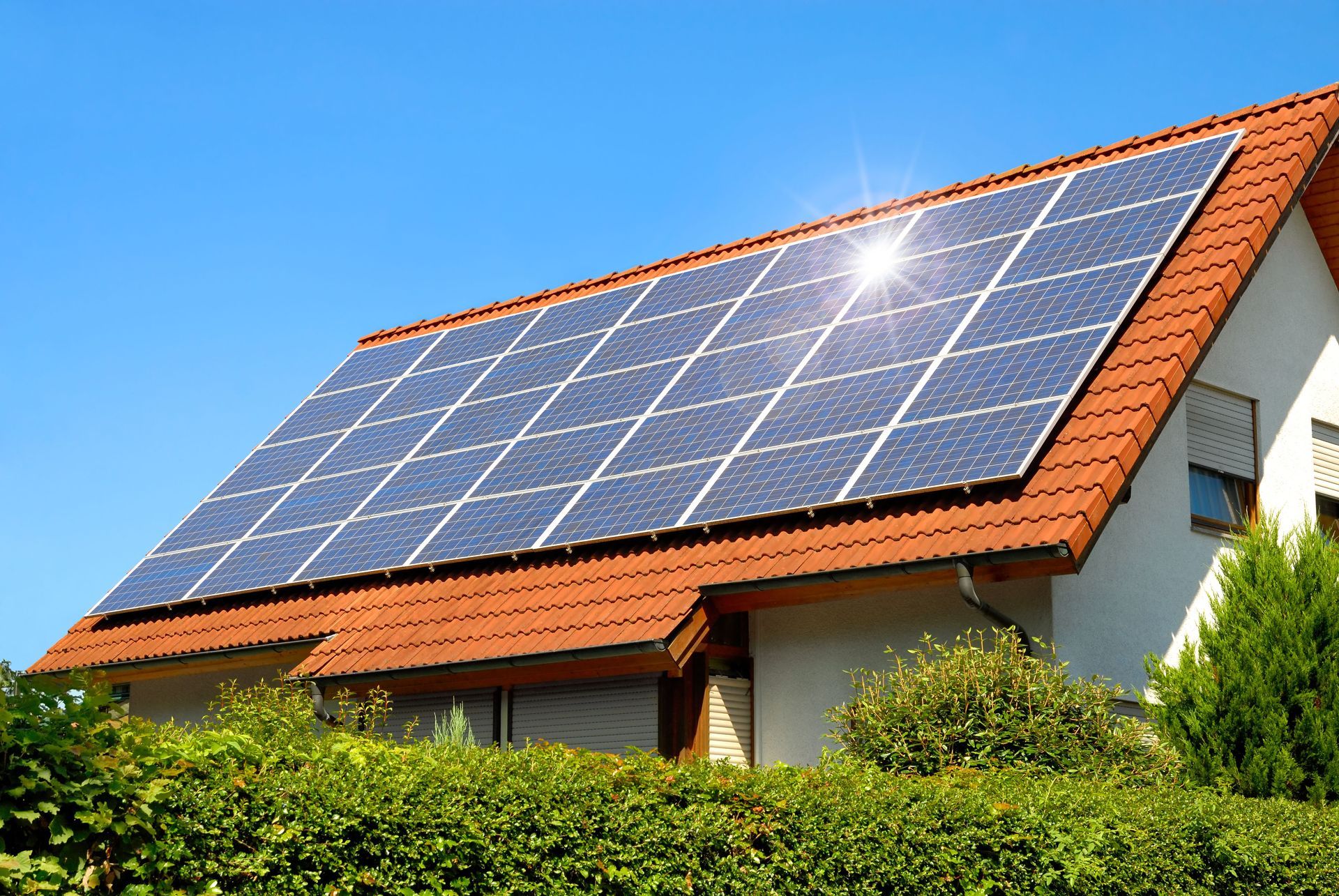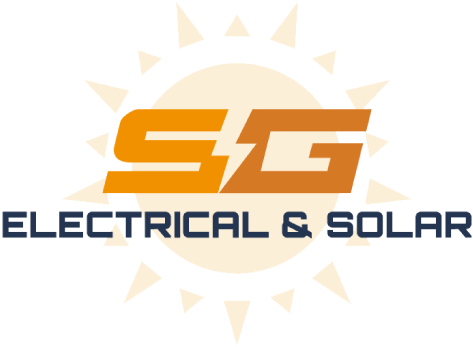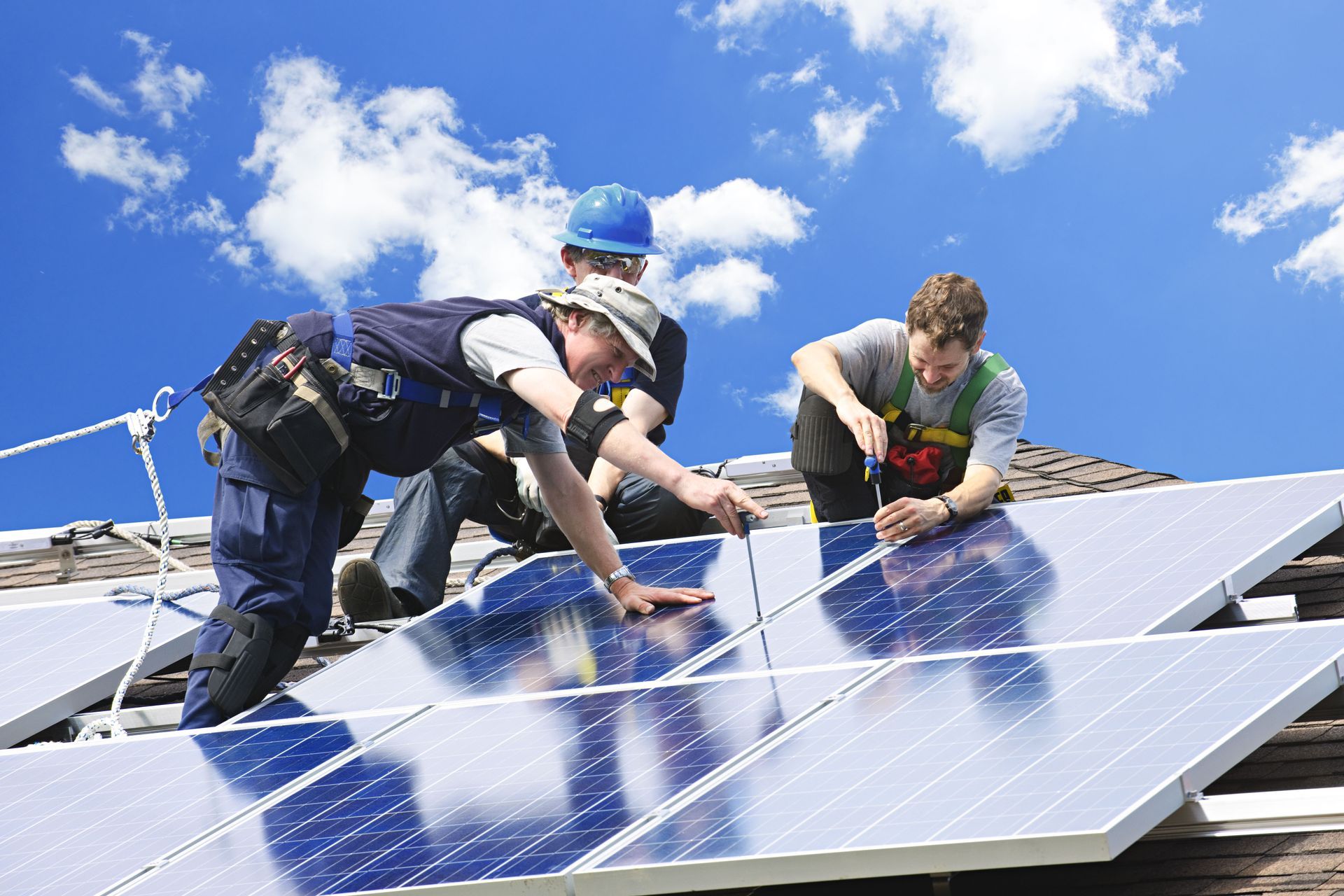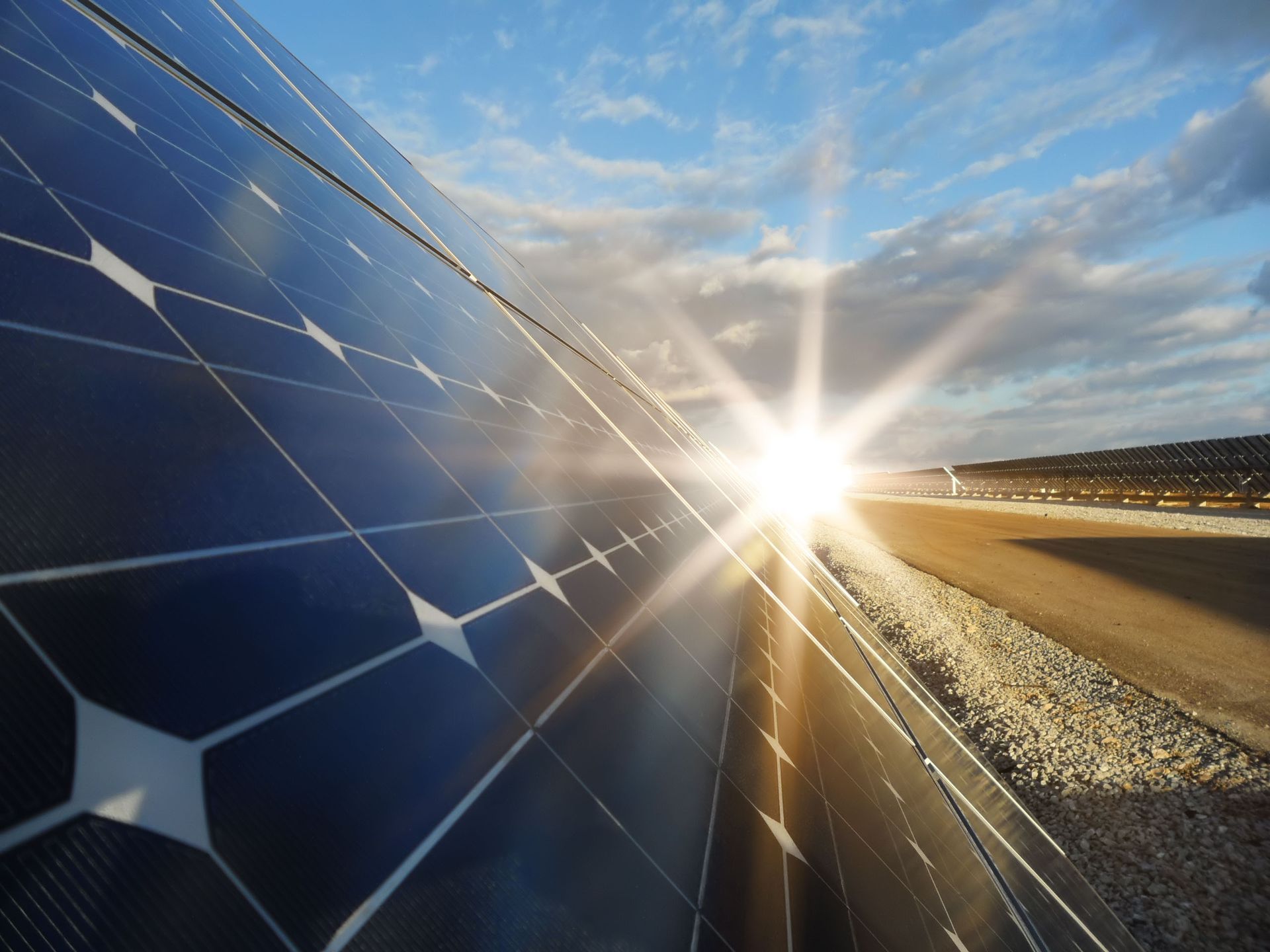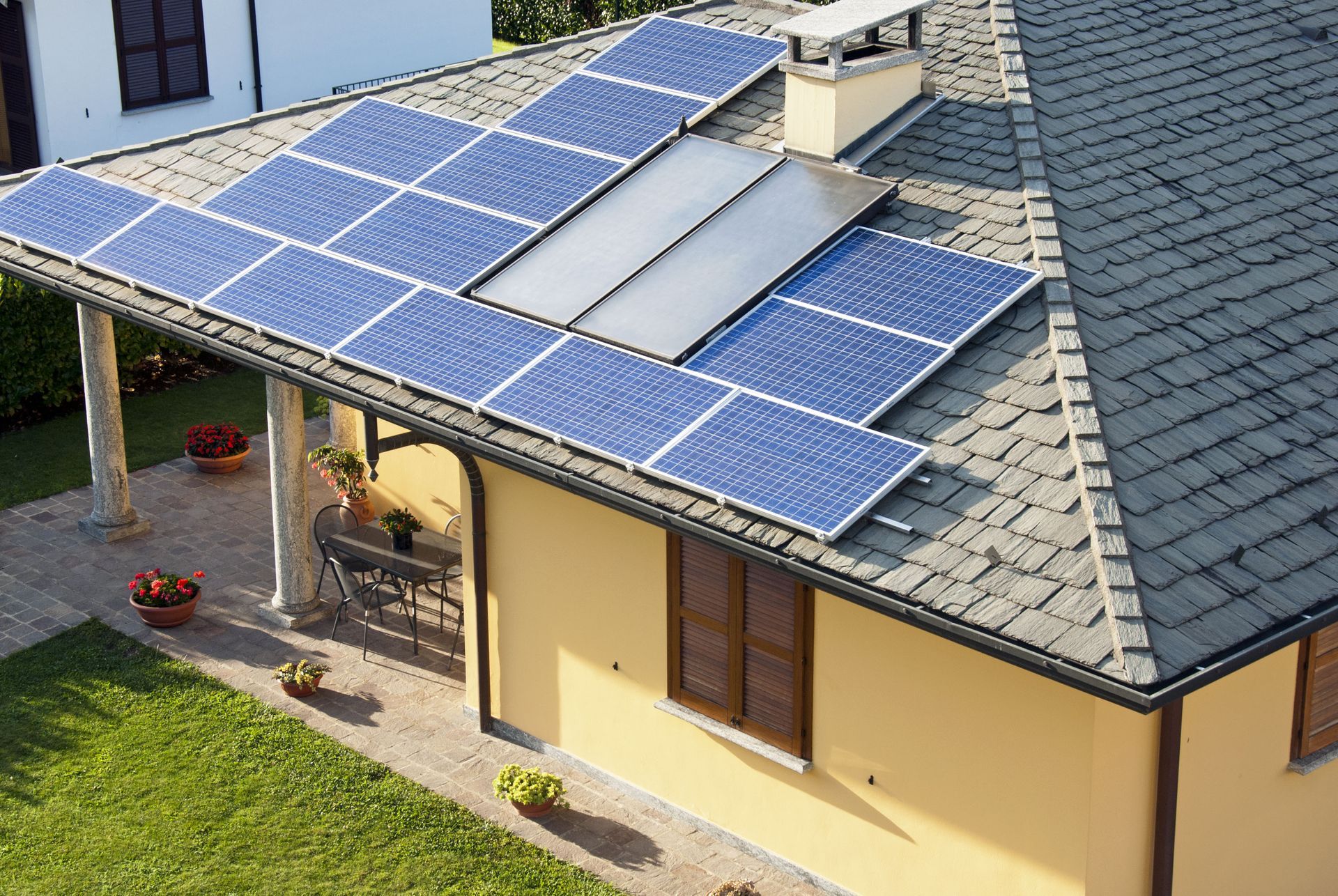July 25, 2025
As electric bills climb higher year after year, many homeowners are searching for ways to regain control over their energy costs. One solution that continues to gain traction is solar power installation. With the ability to generate clean energy at home, solar panels can reduce monthly utility payments. But how does that process work, and what should you expect after switching to solar? Understanding the financial impact of solar begins with looking at how it changes your relationship with your utility provider, and how those changes can translate into real savings over time.
Electricity
Before diving into savings, it’s important to understand what actually makes up your electric bill. Most utility bills include charges for both the electricity you use (supply) and the cost of delivering it to your home (distribution or delivery fees). There may also be surcharges, taxes, and seasonal adjustments that increase your total monthly payment. In many areas, utility rates are on the rise due to aging infrastructure, rising fuel costs, and energy demand.
When you rely solely on the grid, you're at the mercy of these rate increases. Even if your usage stays consistent, your bill can still go up. Over time, this unpredictability can make it harder to budget for monthly household expenses. That's why many homeowners are turning to renewable alternatives to stabilize their monthly costs and protect themselves from unpredictable hikes.
Savings
One of the biggest advantages of solar is the potential to start saving almost immediately. After your solar power installation is complete and connected to your utility system, you begin generating your own electricity. That means you’re buying less from your electric company. Depending on the size of your system and your household usage, many homeowners see a dramatic drop in their electric bill after the first full billing cycle.
Over time, those savings accumulate significantly. Many solar systems recover their initial costs well before the end of their lifespan, with panels designed to function efficiently for a long time. This means homeowners can enjoy long-lasting reductions in energy expenses, freeing up their budgets for other priorities. Even when factoring in maintenance or occasional upgrades, the financial benefits remain strong over the long term.
Offsetting
Installing solar doesn’t mean going completely off-grid, at least not for most homeowners. Instead, your home still connects to the utility grid, but it relies on your solar panels for most of its daytime energy needs. When your system produces more electricity than your household is using, that excess power flows back into the grid. This process, known as net metering, allows you to earn credits on your electric bill.
These credits offset the electricity you use at night or on cloudy days when your system isn’t producing at full capacity. By balancing what you produce with what you consume, solar power installation can significantly reduce or even eliminate your monthly electric bill. In some months, you might even generate more energy than you use, rolling those credits into the next billing cycle.
Incentives
In addition to monthly bill reductions, there are financial incentives that make solar even more affordable. According to This Old House, homeowners can currently claim a federal tax credit equal to 30% of the cost of their solar panel system. This credit is available for installations completed through 2032 and can dramatically lower your upfront expenses.
Some states and local governments also offer rebates, performance-based incentives, or property tax exemptions to make going solar more financially appealing. These programs help reduce the initial cost of a solar power installation, making it easier for homeowners to break even sooner and start enjoying the long-term savings solar offers.
Efficiency
Not all solar systems perform equally. The amount you save each month depends on a few key variables, including your location, roof orientation, shading, and the efficiency of your solar panels. Homes with southern-facing roofs and minimal shade tend to produce the most energy. Climate also plays a role; sunny states naturally yield more consistent solar output than cloudy or rainy regions.
System size and energy habits matter, too. If your household uses a lot of electricity, you may need a larger system to cover your needs fully. But with thoughtful planning and design, solar power installation can be tailored to maximize your energy production and minimize what you draw from the grid. That translates to better monthly savings.
Billing
Once your system is active, your utility bill will likely look different. Instead of just showing total kilowatt-hours used, your statement may include net metering credits or a breakdown of what you produced versus consumed. It may also show delivery charges and minimal fees for grid access, even if you didn’t purchase any electricity that month. These details help you track how much energy your solar panels are generating and how much you're still drawing from the grid, if any.
These changes can be confusing at first, but they’re a positive sign that your solar system is working as it should. You’ll start to see reductions in your total bill amount and may even carry forward credits in high-production months. Keeping a record of your energy data can also help identify any drops in performance early. After solar power installation, it’s helpful to monitor your statements regularly to track your usage and verify your system is operating efficiently.
Maintenance
While solar systems are designed to be low-maintenance, occasional upkeep is important to maintain performance and savings. Cleaning panels periodically, checking for debris, and scheduling professional inspections every few years can prevent production loss. Some systems come with performance monitoring tools, allowing homeowners to spot issues early.
By keeping your system in good condition, you protect its ability to produce maximum power. That means you continue to offset as much grid energy as possible and maintain low electric bills. Over time, even small maintenance steps can prevent performance losses that might otherwise reduce your savings. Regular care helps solar power installation remain a smart financial move long after the panels are up and running.
Value
When viewed over decades, the value of solar is clear. Homeowners who invest in solar often save money on electricity over the life of the system. These savings can provide financial security and reduce the overall cost of homeownership. Even with occasional maintenance or upgrades, the cost of solar is far lower than paying rising utility rates year after year.
Beyond monthly savings, solar can also boost your home’s resale value. Buyers are increasingly interested in energy-efficient homes, and properties with solar installations often sell faster and for more money. In short, solar power installation offers not just reduced bills, but long-term value and greater financial stability.
Switching to solar is more than a sustainability choice; it’s a financial strategy that directly impacts your bottom line. It empowers homeowners to take control of their energy future while reducing reliance on fluctuating utility rates. With the right setup, solar power installation can slash monthly electric bills, add long-term value, and provide peace of mind in the face of rising energy costs.
Ready to start saving on your electric bill? Solar power can make a lasting difference in your monthly costs and long-term financial planning. Contact SG Electrical and Solar today to learn how it can work for your home.
